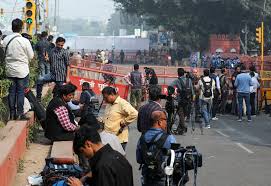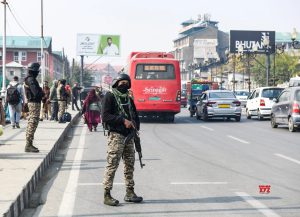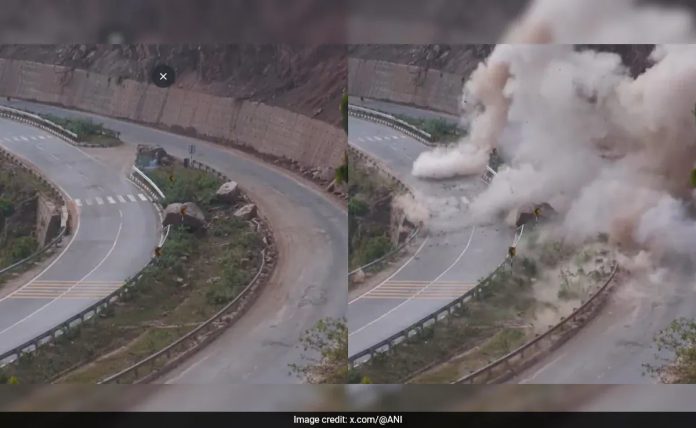Twin explosions in Delhi and Srinagar raise major security concerns as investigators uncover links, unstable explosives, and signs of a wider terror network. Full report by Qalam Times.
By Dr. Mohammad Farooque, Qalam Times News Network
Kolkata, 17.05.2025
Twin Blasts Shake Two Cities
Explosions—this single word now hangs heavily over India’s national security debate. Within just a few days, Delhi and Srinagar were rattled by two severe blasts, creating a climate of unease and deepening doubts about how such incidents unfolded almost back-to-back in two major cities.
The first blast occurred on November 10 near Delhi’s historic Red Fort, where a powerful explosion inside a car killed thirteen people and injured many others. During the investigation, a large quantity of ammonium nitrate was recovered from Faridabad; part of that consignment was transported to Srinagar’s Naugam Police Station for forensic analysis.
Three days later—on Friday night—another sudden explosion ripped through the same police station while forensic teams were conducting tests. The blast killed nine people and left several others wounded.
Highly Sensitive Explosives Raise New Concerns

Investigators are now examining whether the Delhi blast involved ammonium nitrate mixed with triacetone triperoxide (TATP), a highly sensitive and far more powerful substance compared to conventional explosives. This troubling development suggests not only a stronger class of explosives but also a more sophisticated strategy, as the material was reportedly used without a remote trigger or timer.
On the other hand, the Naugam Police Station incident—officially described as “accidental”—points to the dangerous instability of improperly stored explosives. The tragedy underscores lapses in handling volatile materials allegedly produced by a terror module operating at a scale larger than initially suspected.
Investigators Trace a Deeper Network
The two incidents, though geographically distant and close in timing, appear to share undeniable links. National security agencies and intelligence units are now examining a broader network, probing whether these events stem from a coordinated terror operation.
While questions are being raised about the security of transport routes, storage protocols, and handling of seized explosives, the swift and coordinated response from multiple agencies indicates the perceived seriousness of the threat. Investigators are also probing the suspected involvement of a faction linked to Pakistan-based militant outfit Jaish-e-Mohammed, though concrete evidence is yet to surface.
Central and State Agencies Intensify Investigation

Given the scale of the threat, the Ministry of Home Affairs has directed an exhaustive, joint investigation. Delhi Police, Jammu & Kashmir forces, and the National Investigation Agency are now working together under a unified strategy to uncover the full plot, identify the masterminds, and neutralize any future attempts.
Authorities remain tight-lipped about sensitive details—such as the exact composition of the explosive materials and the operational methods used—given the volatile nature of the case.
A Call for Vigilance and National Unity
What is clear is that the nation faces a challenge that demands both advanced scientific investigation and strong coordination between intelligence units. The twin blasts serve as a reminder that terror networks continue to evolve, and lapses—however small—can have catastrophic consequences.
Yet there is a measure of reassurance: central and state agencies are working around the clock, determined to trace every thread of this dangerous plot. In times like these, national unity, vigilance, and collective resolve become essential to protect peace across cities and villages alike.







